15 Christmas Foods That Will Make Your Stomach Turn
Although many people look forward to Christmas for the festive atmosphere and delicious food, some dishes are considered disgusting by many people worldwide. In this piece, we will explore some of the most unconventional and intriguing Christmas foods ever served.
Surströmming
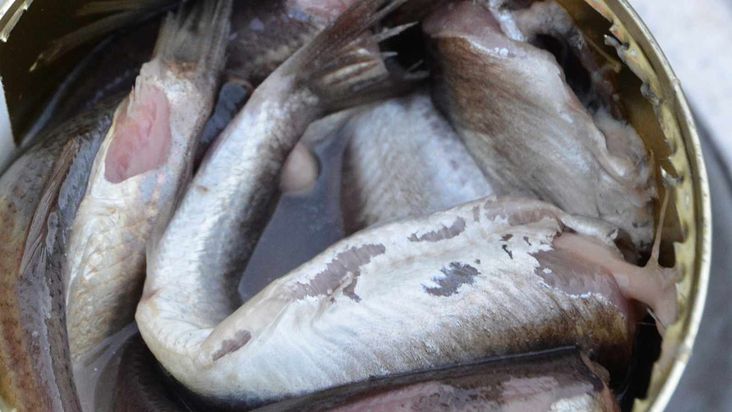
Surströmming is a traditional Swedish dish that consists of fermented Baltic Sea herring. The fish is caught in late spring and then left to ferment for about six months before being canned. The result is a pungent and foul-smelling fish described as having a putrid odor.
Kiviak

Kiviak is a traditional Greenlandic delicacy commonly consumed during the holiday season. It involves stuffing freshly caught auks (small seabirds) into a seal skin, burying it under a pile of stones for several months, and then digging it up to eat the fermented birds.
Casu Marzu
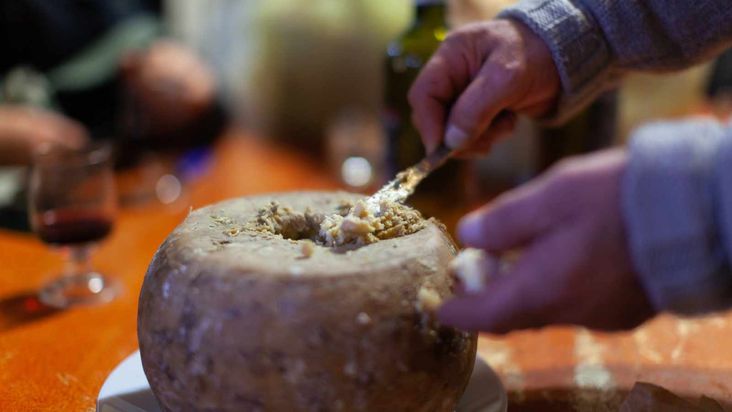
Casu marzu, or “maggot cheese,” is a traditional Sardinian delicacy served during Christmas. It is made from pecorino cheese intentionally infested with live insect larvae. The maggots create a unique texture and are consumed with the cheese, making it a bizarre dish.
Balut
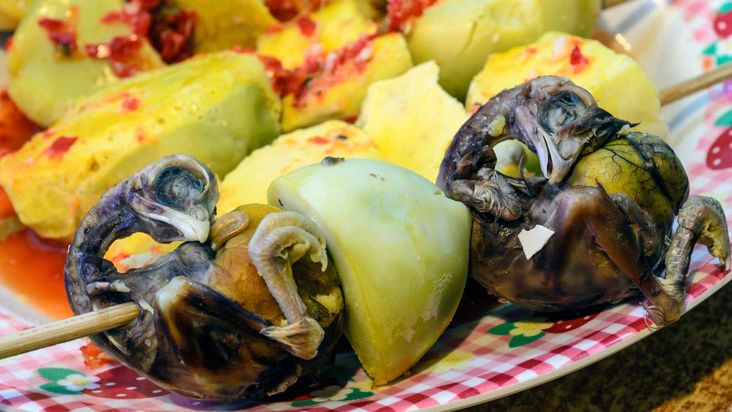
Balut is a traditional Filipino delicacy typically served during Christmas. It is a developing duck embryo boiled and eaten from the shell at about 17 days old. The dish has a distinct flavor and texture, with the famous crunchy bones.
Mopane Worms
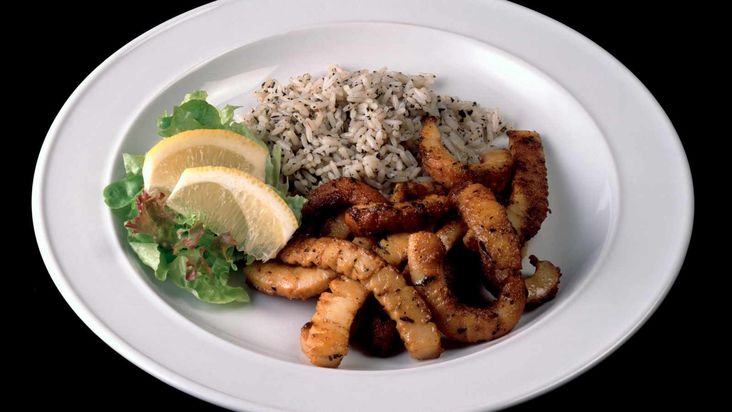
Mopane worms, or “madora,” are a traditional Christmas dish in Zimbabwe and other parts of Africa. These large caterpillars are dried, seasoned, fried, or grilled before consumption. They are crunchy on the outside and soft on the inside, with a nutty flavor.
Salmiakki

Salmiakki is a traditional Finnish candy often consumed at Christmas. It is made from ammonium chloride, which gives it a distinct salty and bitter taste that can be off-putting to many. However, many Finns consider it a delicacy, which has become synonymous with the holiday season.
Century Eggs
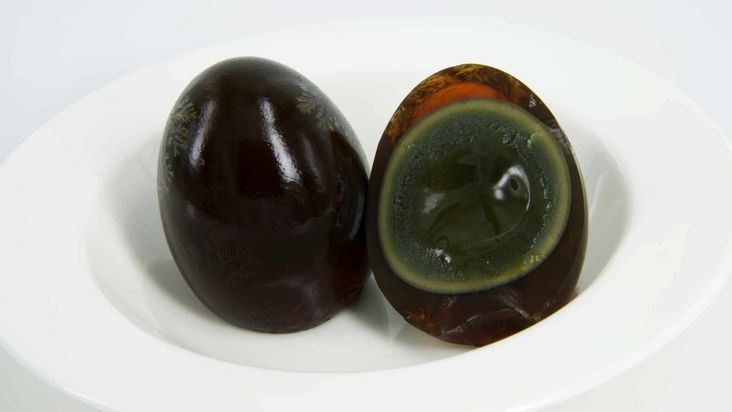
Century eggs, or thousand-year-old eggs, are a Chinese delicacy commonly eaten during the holiday season. They are made by preserving duck or chicken eggs in a mixture of clay, ash, salt, quicklime, and rice hulls for several weeks or months. The result is a pungent and visually unappealing black egg with a gelatinous texture.
Hákarl

Hákarl, a fermented shark, is a traditional Icelandic Christmas dish. It involves burying a Greenland shark in the ground for several weeks to ferment and then hanging it to dry for several months before consuming it. The result is an intense, putrid-smelling meat with a strong ammonia taste.
Holodets
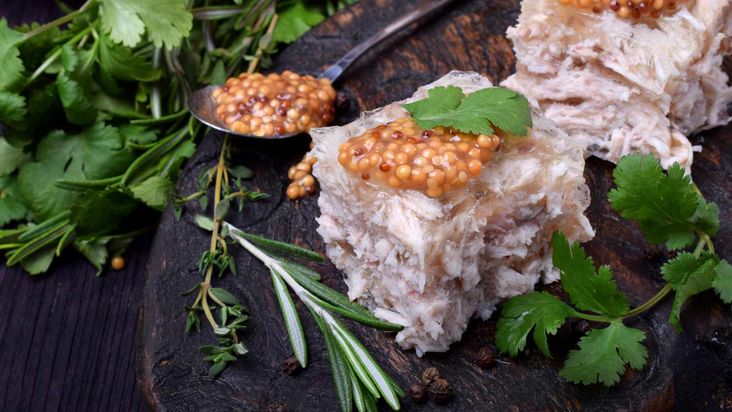
Holodets, or kholodets, is a traditional Russian dish served during Christmas. It is made by boiling meat (typically chicken or pork) in water until it falls apart and then allowing it to cool into a gelatinous form. Vegetables, spices, and herbs may be added before the cooling process.
Stargazy Pie
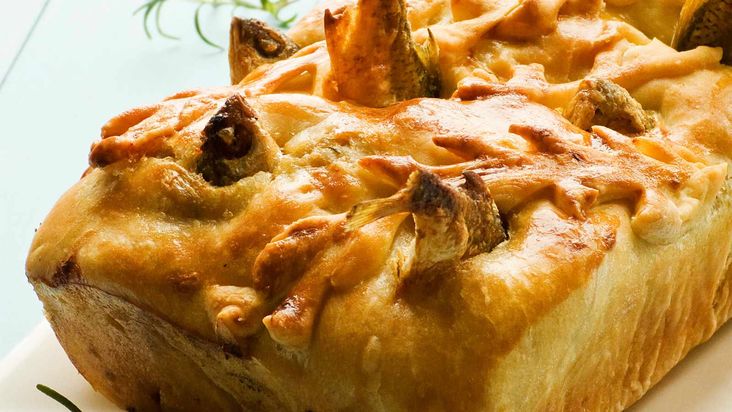
Stargazy pie is a traditional Cornish dish traditionally served during Christmas. It consists of pilchards or herring fish heads and tails poking out from the crust, resembling stars, hence the name. The dish also includes eggs, potatoes, and other ingredients.
Beondegi
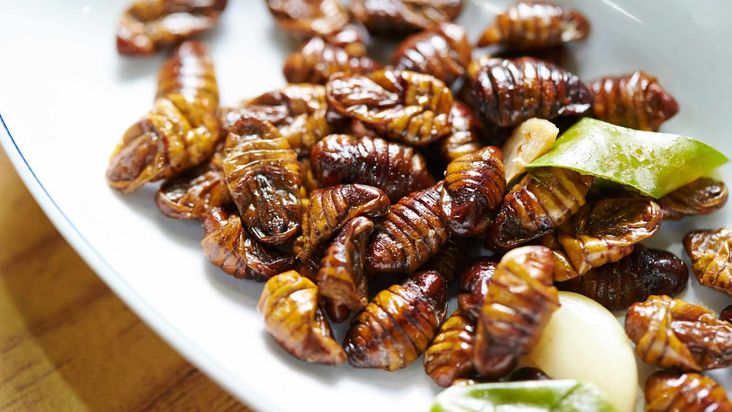
Beondegi, or “silkworm pupae,” is a traditional Korean delicacy commonly eaten at Christmas. The dish features boiled silkworm pupae seasoned with spices and served as a snack. It has a chewy texture and an earthy flavor that may be off-putting to some.
Bird’s Nest Soup

Bird’s nest soup is made from the nests of swiftlets, which are built using saliva and can cost hundreds or thousands of dollars. The soup has a unique texture and flavor that some may consider unpleasant. It is a popular dish in China, especially during Christmas.
Jellied Moose Nose

Jellied moose nose is a traditional Canadian delicacy. It is made by boiling a moose’s nose in salted water, removing the hairs, and then slicing and jellifying it in broth. The result is a gelatinous dish with a strong, gamey flavor that may not appeal to everyone.
Lutefisk
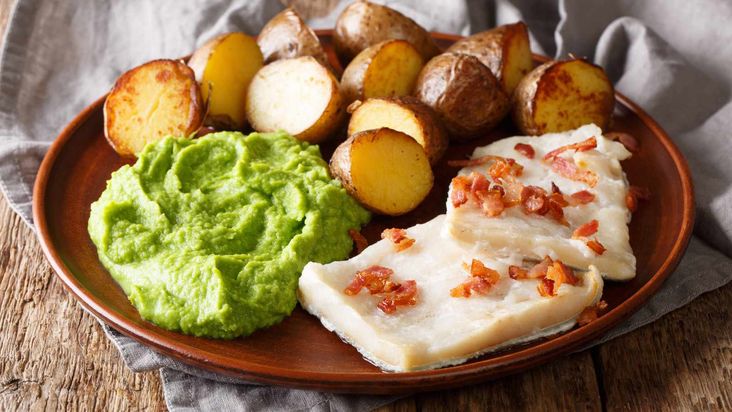
Lutefisk, a traditional Scandinavian dish, is usually enjoyed during Christmas. It features white fish, often cod, that undergoes a process of drying and rehydration in lye, resulting in a jelly-like texture. The dish has a distinct aroma and slimy consistency.